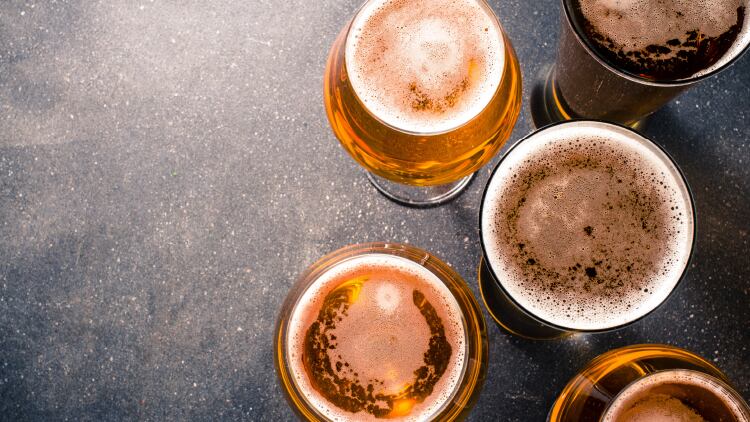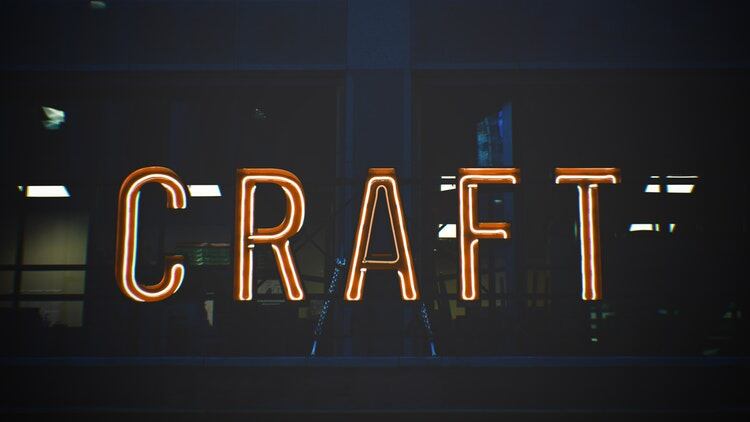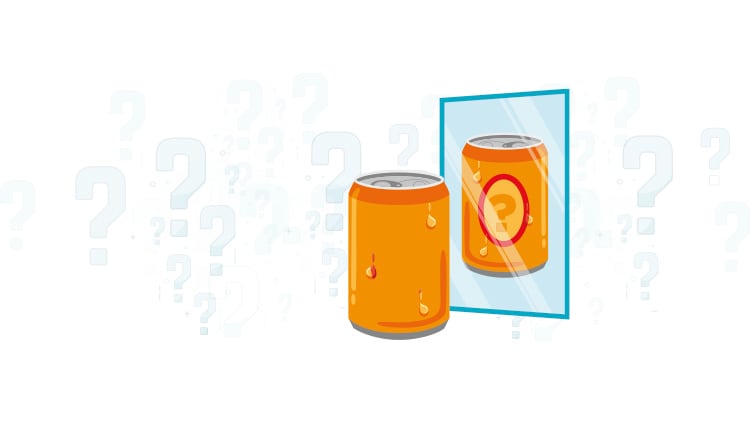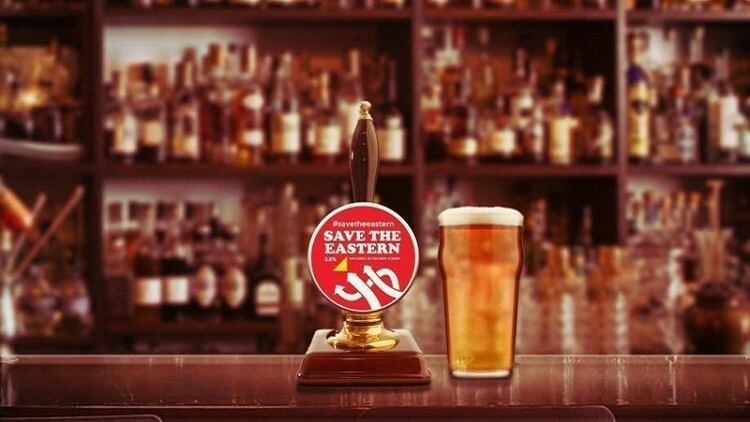From the dawn of civilisation, beer has had a profound effect on the world we know today.
From helping sustain the slaves who built the great pyramids, to its use as an alternative source of safe drinking water in the Middle Ages, the delicious amber liquid has helped to shape the course of human history in a myriad of ways.
Just as the world itself is much changed from the time when the Egyptians were hard at work building one of the globe’s seven wonders, beer as it is consumed today bears little relevance to what would have been drunk during the Third Dynasty.
During the past 4,000 or so years, science has led the way to improvements in and the understanding of brewing, and technological advancements have enhanced its quality.
However, every so often, a singular beer stands out from the rest. A beer that can legitimately claim to have, in its own way, irreversibly changed the way in which it is consumed across the globe. In a world where breweries churn out new DDH (double dry hopped) IPAs every week, the significance of these beers is worth remembering. Without them, modern beer culture as we know it would surely not exist.

Influencing the market
The beers written about here have been picked, not for their global recognition or appeal, but for the extent to which their influence has been felt through brewing history, and the impact they’ve had on the drink we know and love.
Burton-on-Trent’s Bass Brewery was, for a time, the largest in the world. Founded in 1777, it quickly established itself in the early 19th century as one of the biggest exporters to the far corners of the British Empire.
Bass was also a pioneer in international brand marketing, and its flagship pale ale has long been titled the first ever global beer brand. The brewery’s iconic red triangle logo was also the UK’s first registered trademark, setting into motion the process by which breweries would seek to differentiate their
Pilsen breaks the mould
Prior to the invention of Pilsner Urquell, most beers produced were warm fermented products characterised by dark colours, turbidity and inconsistency. In the town of Pilsen, the city’s brewers once declared 36 barrels of local beer undrinkable, and dumped them in the streets with no hesitation before building a new brewery.
The brewery released its first beer in 1842 and was a resounding success.
Brewed with a combination of soft Pilsen water, malted barley, native Saaz hops, and a lager yeast originally smuggled out of Bavaria, before being cool-fermented in sandstone tunnels under the brewery, this majestic golden lager gave birth to the Pilsner style and inspired a host of brewers around the world.
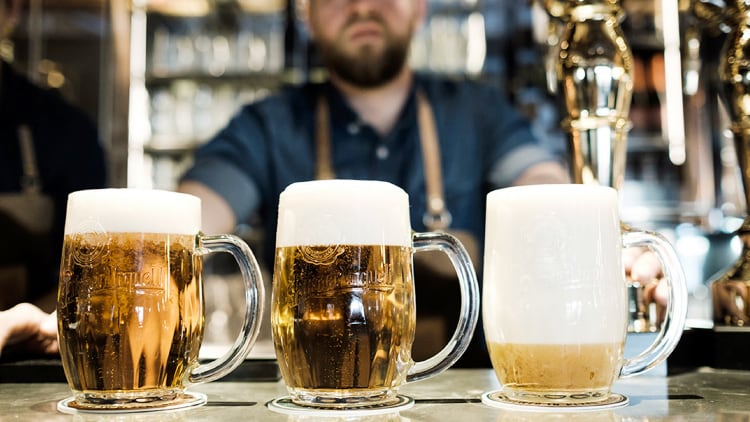
A pilloried keg ale
A beer included in this list for all the wrong reasons, Watneys Red Barrel was the flagship product of Watney Combe & Reid, one of the ‘big six’ breweries that dominated the UK market in the 1960s and 1970s. A bland, pasteurised and filtered keg ale, the beer was seen by many as everything wrong with the British brewing industry at the time.
Fed up of being unable to drink beers not produced or owned by one of the ‘big six’, a small group of journalists founded an organisation to increase the quality, availability and popularity of what they termed ‘real ale’.
This organisation went on to become the Campaign for Real Ale (CAMRA) and clashed with Watneys on a number of occasions throughout the ’70s and ’80s.
CAMRA’s work is widely considered to have saved real ale from extinction, and without it, it is unlikely British beer would be anywhere near as vibrant and exciting as it is today.
Ken Grossman and Paul Camusi started the Sierra Nevada Brewing Co in 1979 in California. At the time the American beer scene was not much to write home about and was dominated by ‘light’ beers that were both low in alcohol and in flavour.
The brewery’s first commercial release was actually a stout, but the now iconic pale ale followed shortly after. Relying on the newly developed American Cascade hop for aroma and flavour, the beer grew steadily in popularity through its first two decades, becoming both an inspiration to a new generation of brewers and a benchmark for the pale ale style. Sierra Nevada Pale Ale may not have been the first ‘craft beer’ in the US (that title would probably go to Anchor’s Liberty Ale), but 30 years later, you’d be hard pressed to find one that has been more influential.
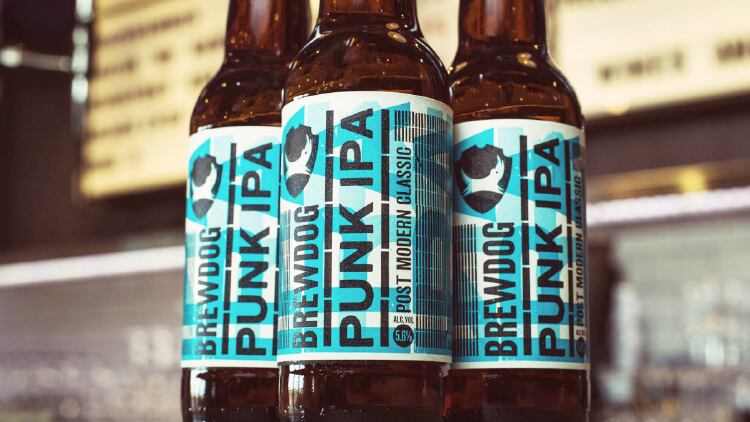
BrewDog makes its mark
Much like Sierra Nevada in the US, BrewDog was far from the first UK brewery to make a hoppy beer. In fact, the first batch of its now globally renowned Punk IPA shared many similarities with Thornbridge’s Jaipur, a beer created by co-founder Martin Dickie during his time at the Derbyshire brewery.
However, it’s hard to argue that Jaipur, or indeed any other IPA, has had as much of an influence on the modern beer scene in the UK as Punk.
First brewed in 2007, the beer catapulted BrewDog into the public eye (thanks in no small part to a contract to supply Tesco with twice the amount it was capable of producing), and has helped introduce craft beer to millions of consumers.
The brew is now the biggest selling ‘craft’ beer in the on-trade (almost 50,000hl were sold in 2018), while former brewers of the beer have gone on to open dozens of new breweries across the UK and the rest of the world.

